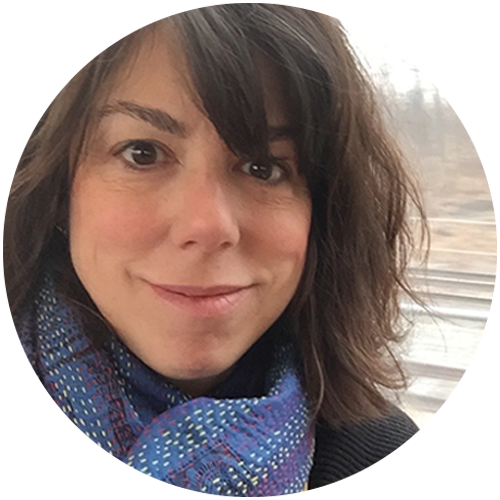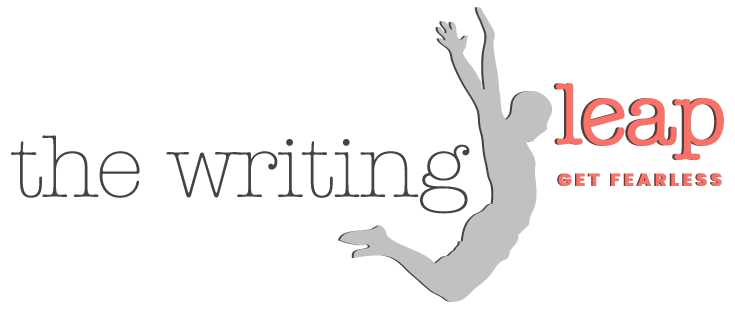On Body and Perspective
My sister hates this picture of me. She sees bone and teeth. She remembers me as unhappy.
I see perfection. I was 17—happiness was irrelevant! It was 1985 and breastless and bootyless were the ideal. My mother, a waif herself, drank Tab, smoked Benson & Hedges, and always had laxatives and diet pills in her pocketbook.
I wanted to be just like her.
I lived on 700 calories a day or threw up the rest. For breakfast, I would nibble on half a toasted Lerner’s bagel. No butter. I would avoid eating lunch—it was difficult to puke in the school bathrooms where the cooler girls hung out. I would have to eat dinner: Family dinners were important to my parents. I ate the protein and avoided the carbs even before it was trendy to do so. I would throw up after dinner, getting so good that I didn’t even have to stick my fingers all the way down my throat. Like a super power, I could imagine my fingers touching my tongue and I would gag.
While I will always have eating issues, I am better now. I focus on health and feeling empowered and strong. I’ve been a gymrat and a Tough Mudder. I can enjoy an entire pizza and not feel too bad about myself.
Yet I stare at that picture and I know something has been lost.
Therapists have focused on my mother who definitely suffered from an eating disorder herself. She would chew bagels and spit them out in the sink—“all the taste, none of the fat,” she’d say. But it wasn’t her fault.
Friends have blamed professional ballet school, an era in my life I don’t speak about much. Four or five days a week, my mother paid Kris our next-door neighbor to pick me up in front of the elementary school (and then middle school) and drive me to the New Jersey School of Ballet.
Young ballet dancers—like me—were required to wear pink leotards. There was pride taken in the most beat up shoes. The best dancers sat in the locker room and sewed new elastics into their ballet slippers, so scuffed they were barely pink. We were not allowed to wear tutus or skirts of any kind. Our lines needed to be seen, to be examined, to be evaluated.
Intermediates wore light blue. Skirts still not allowed. My mother took me shopping the Saturday I qualified. I pushed through leotard after leotard looking for that perfect Intermediate robin egg blue. It was the accomplishment of my short lifetime.
Mr. Tomal walked around the room with a pointer, illuminating the places where our bodies were perfectly formed and incorrectly held. He spoke with an accent. He wore a scarf around his neck. He showed us how our feet should turn out from the hip.
At night, I would lay in bed and lay flat pressing the outer edges of my feet into the sheets.
Did I want to be a professional dancer? Sacrifice time after school playing with friends? My parents didn’t force it upon on me; they merely followed my lead. But to be at that school and not be serious did not seem an option. I never questioned it; my parents never questioned me.
I went with the flow of belonging, even if I knew back then I didn’t. This isn’t altogether different from how I’ve always been in the world: of a group and not in a group.
In the locker room, I’d covet the bodies of the teenaged girls who’d dab their bloody toes before donning their toe shoes. Long and narrow, these young women danced and nothing bounced—no breasts, no butts. While no one was mean, the mirrors did not lie. I was 13 and my chest jiggled even more so than my female teachers.
I was better built for farming than ballet dancing. My legs are short and athletically built. My waist is tiny and my breasts are big. This is me at 51 and me at 12.
Eventually, Mr. Tomal’s pointer—and the shimmy of my chest with each jeté—drove me out of ballet.
But that narrow ideal of beauty and form was set. And still, it cannot be blamed for my eating disorder.
I had two best friends back then—in the grammar school years we had likened ourselves to Charlie’s Angels. Even though I wasn’t allowed to watch the television show my mother thought sexist trash, I collected the trading cards and kept them in a blue plastic box, spending my allowance on bad bubble gum to complete the set. Both of my friends were beautiful—one was the sassiest girl in school and the other was the smartest. I was the brunette and not the best at anything. And whether it was my mother or the ballet school as an influence of ideal, my adolescent insecurity of wanting be an “est” was the catalyst. I did what I could control. I was able to control being the thinnest. I don’t remember starving myself, I remember the discipline. I don’t remember hunger pains or fainting spells. I remember working on something and getting a result. I remember walking through the Livingston mall and having fun trying on clothes, any clothes, and laughing. I remember my mother’s approving nod.
I know this is still twisted and quite frankly, a little fucked up. Sure, I’ve learned to enjoy food and the celebrations around it. I can love indulgence and often do. I enjoy feeling healthy. And of course, I know it’s more important to be mentally healthy than excruciatingly thin.
But I tell you: At 51 and in menopause, fighting with my metabolism and the anxiety that stems from it, I look at that sweet teenager all teeth and determination and miss her.




